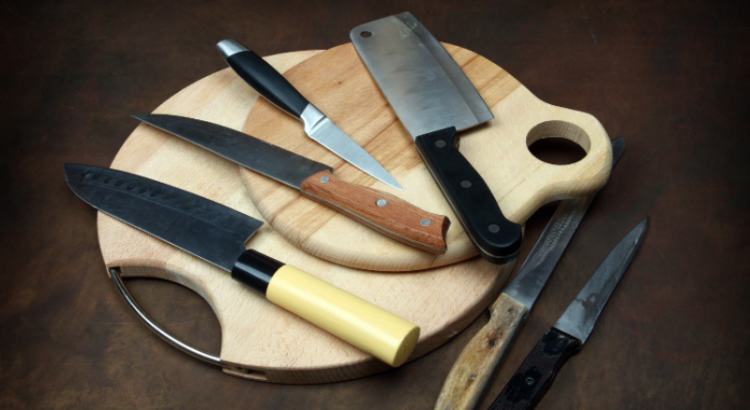Is it wrong to have a favorite dish that you can eat multiple times a week and still not get tired of? Well, Japanese food lovers, gourmets, and diners from all parts of the globe have just the same problem once they encounter the challenge of making a decision to just turn their heads away from sushi and sashimi. As Japanese delicacies like Fatty Tuna sushi, Salmon sashimi, and Sea bass are what diners swoon over, the fame and popularity of Japanese food goes beyond the borders of diversity.
As gourmets love the exotic blends of supreme-quality raw ingredients with delicate flavors of cooked Japanese rice mixed with vinegar, sugar, and salt, it can’t be denied that the unique and original flavors wake the tastebuds like no other. Thus, Japanese food restaurants are almost everywhere to be found for its fame and popularity. Japanese delicacies like sushi, are very much loved by diners of all ages – it has been found that most Japanese students and kids eat sushi during breakfast, as they are also available in the form of convenient foods which are proved to be healthier than other alternatives to start a day or have a morning meal.
One of the reasons why Japanese delicacies are loved by their diners and gourmets, is the intricate food preparation processes and the cooking of original, authentic dishes. Behind the techniques required in the crafting of Japanese delicacies lies the importance of the mastery of the blades. Just similar to that of a Samurai’s blade, instead of acting like a weapon, the use of a Japanese knife makes tasks a lot easier for little-to-less-complications. Yanagiba knives are sleek and thin, original in style, and are very much essential for both general and professional uses. Thus, to make Japanese delicacies like sushi and sashimi, it is required to learn the functions of each knife prior to the cooking processes.
Yanagiba
Also known as the ‘Sashimi Knife’, a Yanagiba knife has a thin and sleek blade design. Yanagiba knives are usually thin and long; however, it is best to purchase the ones that can be kept for professional use and ones to have in collection.
Gyuto
Gyuto is another knife type that has among the highest sales since it is also called the ‘General Kitchen Knife’. However, a Gyuto knife is a multi-tasking knife that works very well with all kinds of processes in the kitchen. Be it slicing, cutting, chopping, or dicing, a Gyuto knife can handle the basic techniques. Another similar knife is the Santoku knife, also a multi-tasking knife used in the kitchen for the general skills.
Deba
Deba knife is a Japanese knife used for cutting fish and for light mincing of ingredients. The knife has a thick blade body, with wide blade surface, making it more suitable towards the cutting of fish and the handling of ingredients with bones. As the blade is thick and dense, Deba knives are very much suitable for cutting through ingredients or meat with bones (for example: chicken bones). Although it is not recommended to cut through frozen ingredients, it is among one of the Japanese knives suitable to handle dense ingredients when needed.
For sushi and sashimi dishes that involve the use of a vast variety of ingredients coming from all places, most Japanese knives are required in the kitchen as standbys to perform whatever task is thrown to them. Despite Santoku’s, Gyuto’s and Yanagiba’s popularity and capabilities, other knife types like Deba and Sujihiki are as well essential for the cooking of wonderful Japanese delicacies.
